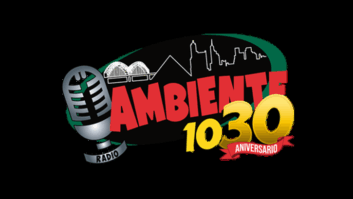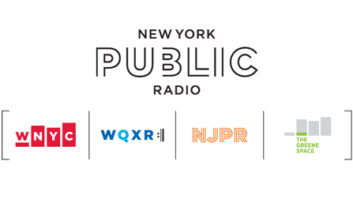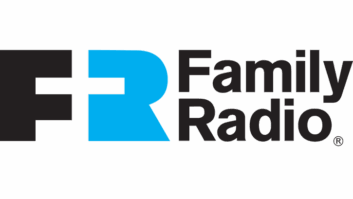If there’s one thing our readers love, it’s radio history — especially if that history is combined with a healthy dose of nostalgic tech.
If you fall into that category, then boy do we have a story for you.
Radio World recently connected with Heather Leah, otherwise known as the “Hidden Historian.” Leah spends her time traversing crumbling buildings, forgotten hideaways and underground tunnels to share with her followers the “hidden history right under your feet.” Based in Raleigh, N.C., she has explored abandoned theme parks, watery graves and, now, an AM station’s historic transmitter building.

WPTF(AM) is a Class B commercial radio station broadcasting a news/talk radio format on 680 kHz from a three-tower array. Licensed to Raleigh, N.C., the station serves the Research Triangle area. Owned by Curtis Media Group, WPTF’s studios are located in Raleigh while its historic transmitter site sits in the neighboring suburb of Cary, N.C. Along with WBT in Charlotte, WPTF is one of two North Carolina AM stations which operates fulltime at 50 kW.
“During the day, the main tower stands tall and proud,” wrote Leah in her blog post. “At night, WPTF becomes directional to protect other stations on the same frequency, utilizing two smaller towers. In the 1950s, the building was staffed around the clock, with a department of 15 people.”

“Adorned with rounded windows and curved edges, the building may appear small from the outside, but it extends deep underground into a shelter that provided a safe haven for announcers to broadcast through tumultuous events such as hurricanes or even potential wars,” wrote Leah.

“Nearly 80 years old and sealed off from the outside world, it holds onto dusty secrets that time has forgotten, resembling a living time capsule,” Leah continued.

Leah was joined on her trip into the past by WQDR(FM) Director of Engineering Allen Sherrill and WQDR DJ Jimmy Lloyd. WQDR, former call sign WPTF(FM), went on the air 75 years ago and used to broadcast from the Cary transmitter site. It remains a sister station to WPTF.
The trio wandered through WPTF’s former kitchen, noting decades old McDonald’s mugs and dusty dishware, and examined yellowed scripts scattered about in a small office where the radio announcer once sat, encircled by glass.

Leah also took her readers down a rickety spiral staircase into the building’s basement, which served as the entry point for radio equipment.

The basement was also home to WPTF’s disaster/bomb shelter. In cases of emergency, WPTF was prepared to maintain open lines of communication.

Leah said the shelter is stocked with turntables from the 1950s and a couple of old-timey albums.

Sherill told Leah that engineers visit the Cary site regularly to inspect the equipment, but other than that, the building appears undisturbed — making it a perfect time capsule for Raleigh radio history.
The Town of Cary considers the WPTF transmitter site to be “architecturally and culturally significant”; however, local government has been considering the redevelopment of the site since 2017.
“Notwithstanding the historic significance of WPTF facility, the transmitter building and towers sit on what could be prime land for redevelopment as this part of town continues to grow and as transit plans move forward that connect Raleigh and Cary more closely through a corridor near this area,” the town said in a 2040 “Cary Community Plan.”
But, for now, the WPTF site serves as a testament to radio’s storied history.
Read Leah’s full story “Exploring the WPTF Radio Station: An Untouched Time Capsule.”







